1. Rich EC, Lipson D, Libersky J, Peikes DN, Parchman ML. Organizing care for complex patients in the patient-centered medical home. Ann Fam Med. 2012; 10(1):60–62. PMID:
22230832.

2. Epstein RM, Street RL Jr. The values and value of patient-centered care. Ann Fam Med. 2011; 9(2):100–103. PMID:
21403134.

3. Arend J, Tsang-Quinn J, Levine C, Thomas D. The patient-centered medical home: history, components, and review of the evidence. Mt Sinai J Med. 2012; 79(4):433–450. PMID:
22786733.

4. Fletcher AE, Price GM, Ng ES, Stirling SL, Bulpitt CJ, Breeze E, et al. Population-based multidimensional assessment of older people in UK general practice: a cluster-randomised factorial trial. Lancet. 2004; 364(9446):1667–1677. PMID:
15530627.

5. Huss A, Stuck AE, Rubenstein LZ, Egger M, Clough-Gorr KM. Multidimensional preventive home visit programs for community-dwelling older adults: a systematic review and meta-analysis of randomized controlled trials. J Gerontol A Biol Sci Med Sci. 2008; 63(3):298–307. PMID:
18375879.
6. Phelan EA, Williams B, Penninx BW, LoGerfo JP, Leveille SG. Activities of daily living function and disability in older adults in a randomized trial of the health enhancement program. J Gerontol A Biol Sci Med Sci. 2004; 59(8):838–843. PMID:
15345735.

7. Gill TM, Baker DI, Gottschalk M, Gahbauer EA, Charpentier PA, de Regt PT, et al. A prehabilitation program for physically frail community-living older persons. Arch Phys Med Rehabil. 2003; 84(3):394–404. PMID:
12638108.

8. Szanton SL, Xue QL, Leff B, Guralnik J, Wolff JL, Tanner EK, et al. Effect of a biobehavioral environmental approach on disability among low-income older adults: a randomized clinical trial. JAMA Intern Med. 2019; 179(2):204–211. PMID:
30615024.
9. Bouman A, van Rossum E, Nelemans P, Kempen GI, Knipschild P. Effects of intensive home visiting programs for older people with poor health status: a systematic review. BMC Health Serv Res. 2008; 8(1):74. PMID:
18387184.

10. Stuck A, Kane RL. Whom do preventive home visits help? J Am Geriatr Soc. 2008; 56(3):561–563. PMID:
18179507.

11. Stuck AE, Aronow HU, Steiner A, Alessi CA, Büla CJ, Gold MN, et al. A trial of annual in-home comprehensive geriatric assessments for elderly people living in the community. N Engl J Med. 1995; 333(18):1184–1189. PMID:
7565974.

12. Naylor MD, Brooten D, Campbell R, Jacobsen BS, Mezey MD, Pauly MV, et al. Comprehensive discharge planning and home follow-up of hospitalized elders: a randomized clinical trial. JAMA. 1999; 281(7):613–620. PMID:
10029122.
13. Yoon JL, Jung S, Seo Kh, Lim JY, Kim SW, Kim ES. Development of Post-acute Transitional Care System for Frail Older Persons. Chuncheon: Hallym University;2017.
14. Kim CO, Lee KR. Preventive effect of protein-energy supplementation on the functional decline of frail older adults with low socioeconomic status: a community-based randomized controlled study. J Gerontol A Biol Sci Med Sci. 2013; 68(3):309–316. PMID:
22879453.

15. Kim CO, Jang SN. Home-based primary care for homebound older adults: literature review. Ann Geriatr Med Res. 2018; 22(2):62–72.

16. Kim CO. Time to conduct community-oriented researches in geriatrics. Ann Geriatr Med Res. 2018; 22(23):109–110.

17. Lee K. Health care perspectives on community care. J Korean Med Assoc. 2018; 61(10):586–589.

18. Vargo SL, Lusch RF. The four service marketing myths: remnants of a goods-based, manufacturing model. J Serv Res. 2004; 6(4):324–335.
19. Park JS. The causal relationship of health service quality, satisfaction, intention to revisit and intention to recommend perceived by health center visitors. Health Policy Manag. 2005; 15(3):60–78.
20. Reuben DB. Better ways to care for older persons: is anybody listening? J Am Geriatr Soc. 2009; 57(12):2348–2349. PMID:
20121994.

21. Drummond MF, Sculpher MJ, Claxton K, Stoddart GL, Torrance GW. Methods for the Economic Evaluation of Health Care Programmes. Oxford: Oxford University Press;2015.
22. Tobin J. Estimation of relationships for limited dependent variables. Econometrica. 1958; 26(1):24–36.

23. Lee JK, Jang SN. Place of death and associated gender difference in Korea 2006-2014: Evidence from exit interviews of the Korean Longitudinal Study of Ageing. Arch Gerontol Geriatr. 2018; 78(1):196–202. PMID:
30006212.

24. Stuck AE, Egger M, Hammer A, Minder CE, Beck JC. Home visits to prevent nursing home admission and functional decline in elderly people: systematic review and meta-regression analysis. JAMA. 2002; 287(8):1022–1028. PMID:
11866651.
25. Totten AM, White-Chu EF, Wasson N, Morgan E, Kansagara D, Davis-O'Reilly C, et al. Home-based Primary Care Interventions. AHRQ Publication No. 15(16)-EHC036-EF. Rockville, MD: Agency for Healthcare Research and Quality;2016.
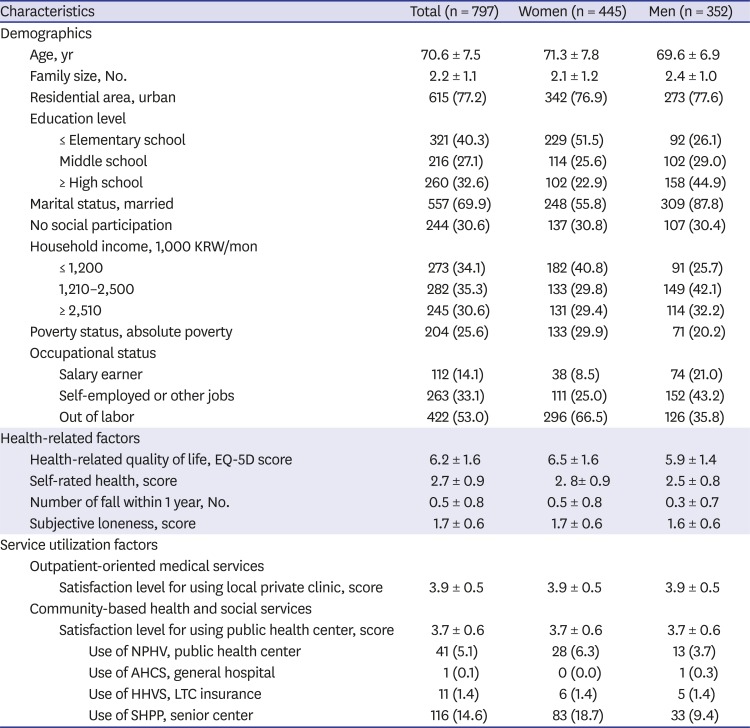
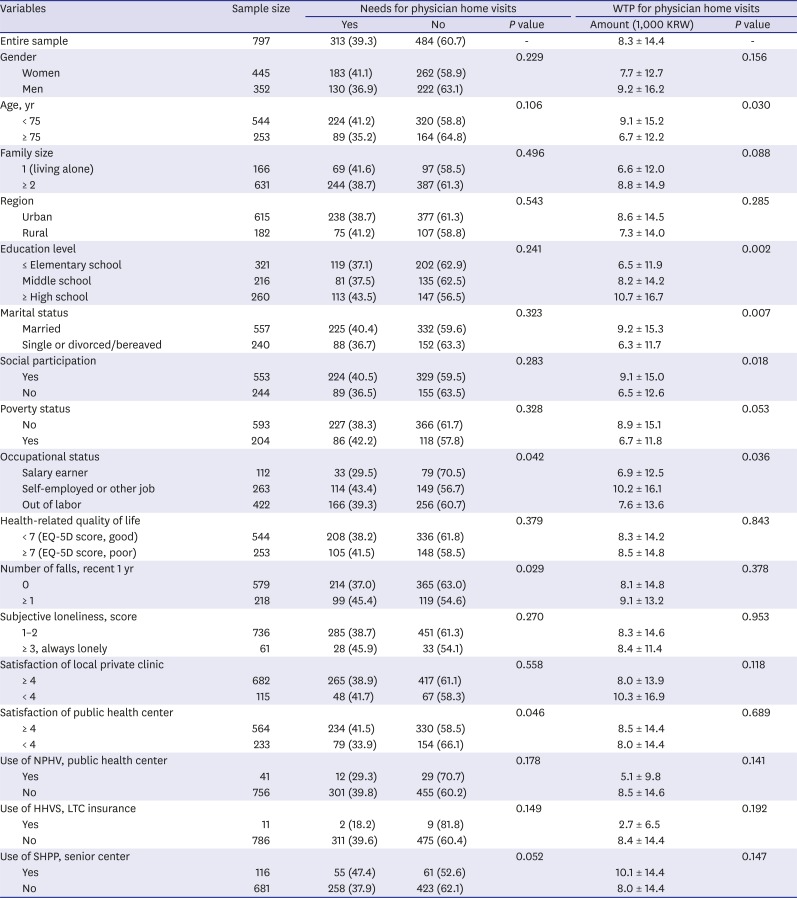
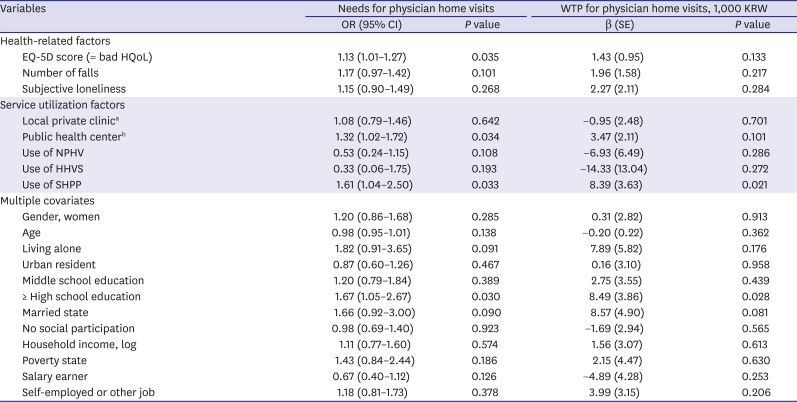
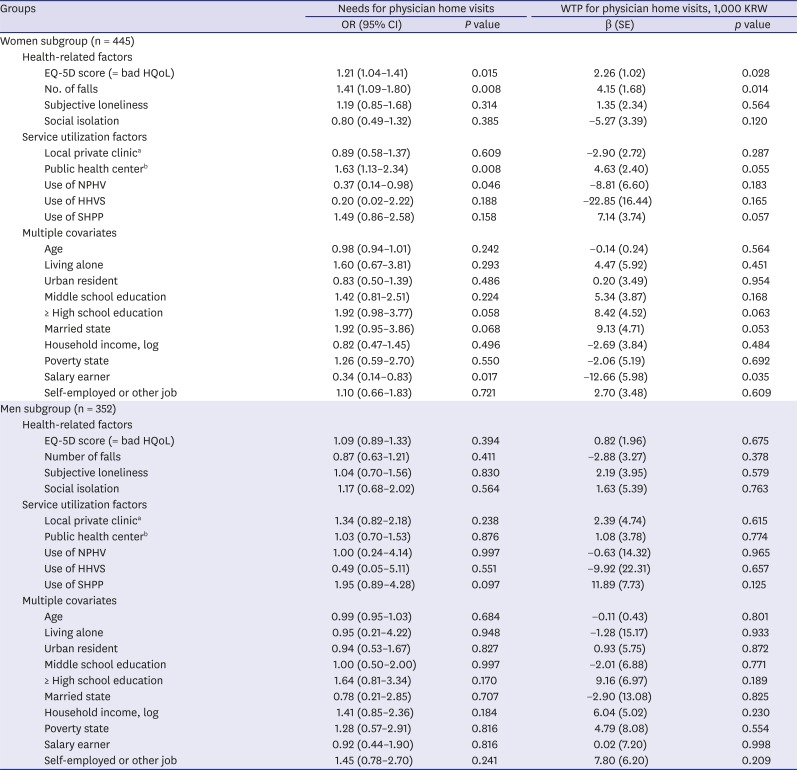
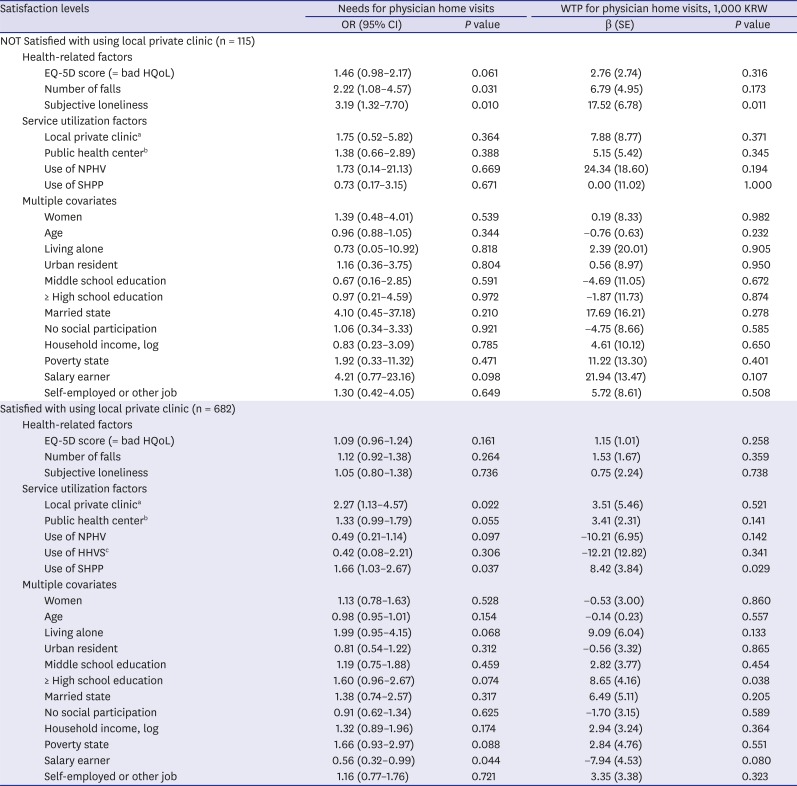




 PDF
PDF Citation
Citation Print
Print



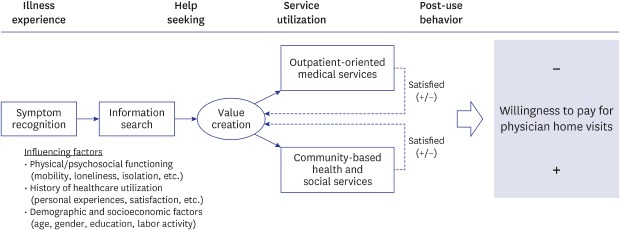
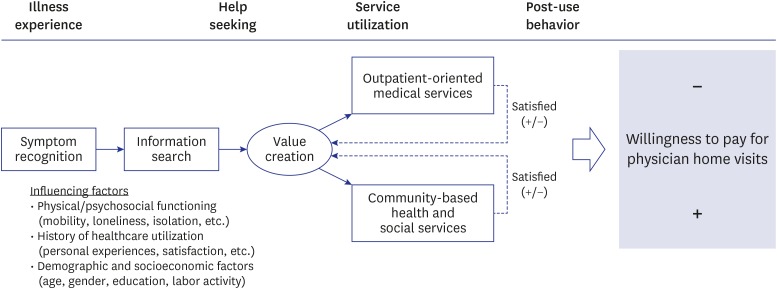
 XML Download
XML Download